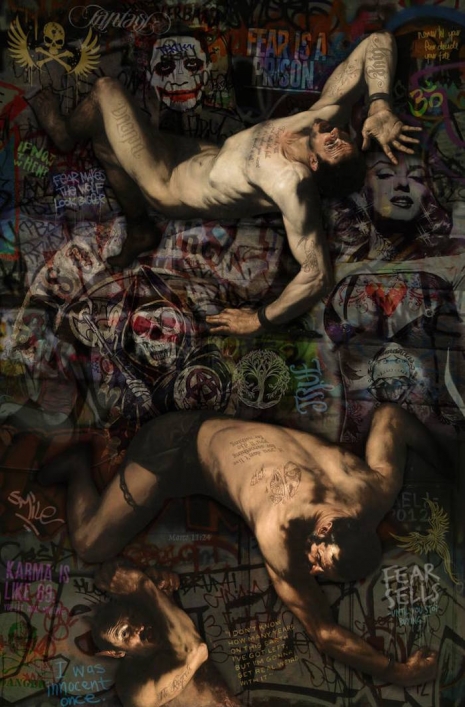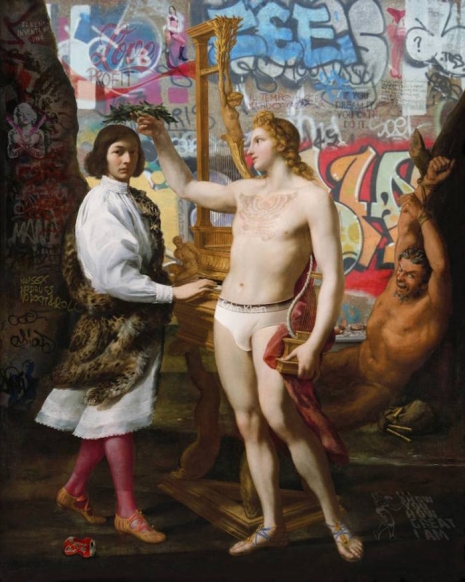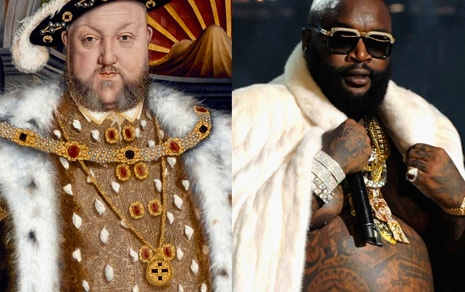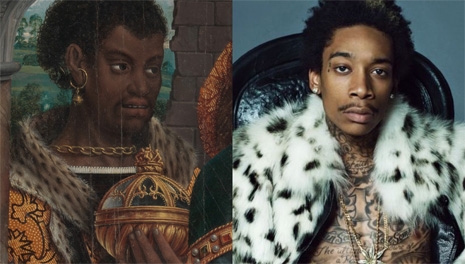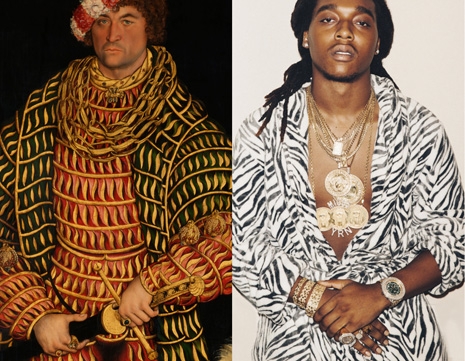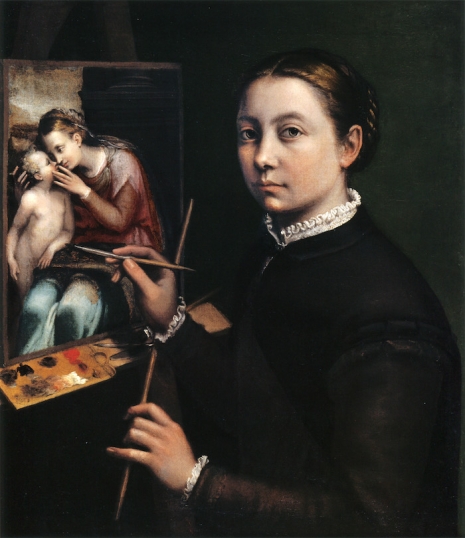
‘Self-Portrait’ (1556).
You don’t have to be no punk rock star or drug addled cult writer to earn the tag of a dangerous mind. A Renaissance artist who painted court portraits can equally fit the bill. The artist was Sofonisba Anguissola (c. 1532-1625), a brilliant and pioneering female painter who worked at a time when women were considered only suitable as the subject matter for a canvas rather than the one applying the paint. When Sofonisba started her career there were no women artists in Italy, or rather no recognized women artists. Art was not a career suitable for a woman—no matter how talented.
Sofonisba was exceptionally talented. The drawings and paintings she produced as a child drew considerable interest but little help in establishing her career as an artist. Yet at fourteen, she somehow convinced her father to allow her to train under the tutelage of portraitist Bernardino Campi. However, she could not be apprenticed to Campi, like any other young male artist, as this was considered morally dangerous for a woman, and even sinful. Therefore, Sofonisba’s father arranged for his teenage daughter to stay at Campi’s studio as a paying guest. This enabled her to watch, learn, paint, and develop her talents.
In her hometown of Cremona, Sofonisba was hailed as “among the exceptional painters of out times.” Though her subject matter was very much limited as women were banned from hiring models to pose less they be corrupted. This was a minor irritant for Sofonisba who focussed on painting her father, mother, and siblings.
After Campi left Cremona, Sofonisba’s father began promoting his daughter’s work by giving away as much of his daughter’s work as possible in the (unlikely) hope of finding a rich patron. One sketch was sent to Michelangelo, who was so impressed by the drawing asked for another. This was duly sent and a correspondence began between Michelangelo, who was then in his eighties, and the young Sofonisba. In 1554, she traveled to Rome to meet and work with the great artist. This association attracted the interest of the Spanish court and led to Sofonisba being offered the position as lady-in-waiting and court artist to Elisabeth of Valois the third wife of the Spanish king Philip II.
Elisabeth was just fourteen when she married Philip II in 1559. Sofonisba proved a deeply loyal and trustworthy consort for the young queen. When Elisabeth died at the age of twenty-two, Sofonisba remained at the palace in Madrid and helped raise the royal children. Throughout all of this time, she painted portraits of Philip, Elisabeth, their family, and members of the court. She also met and married a Spanish grandee, who died in what some describe as “mysterious circumstances”—he drowned in a shipwreck in 1578.
This could have been the end of Sofonisba’s career, who was now in her forties and no longer the court artist (having been replaced by Peter Paul Rubens) or even a lady-in-waiting. She decided to return to Cremona to continue her life as an artist. But things took a surprising turn, as on the voyage home Sofonisba met and fell in love with the ship’s captain, a much younger man called Orazio Lomellino. It was a passionate affair and the two were married in 1580. They set up house in Genoa but then moved to Palermo. It was here, towards the end of her life in 1624, that another young artist, Anthony Van Dyck, came to pay her homage. Though Sofonisba was 96 years of age and almost blind, Van Dyck said that she told him what she had learned from Michelangelo and gave him the best advice on painting and portraiture which he used in his own career as court painter to the English king Charles I.
Sofonisba had a remarkable life, one that almost reads like the plot to a novel, but she also faced considerable obstacles in achieving success. Many of her paintings were wrongly credited to male artists as there were those who could not or rather would not accept a woman could paint as good as or even better than men. Her work prefigured Caravaggio and she produced a considerable number of self-portraits (mainly from a lack of subject matter) long before artists like Rembrandt.
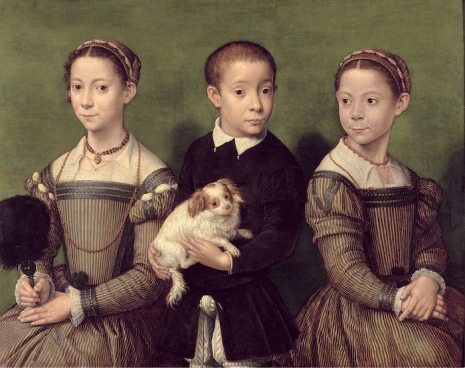
‘Three Children with Dog’ (c. 1570).

‘The Chess Game’ (1555).

‘Family Portrait, Minerva, Amilcare and Asdrubale Anguissola’ (c. 1559).
More of Sofonisba Anguissola’s work, after the jump…








